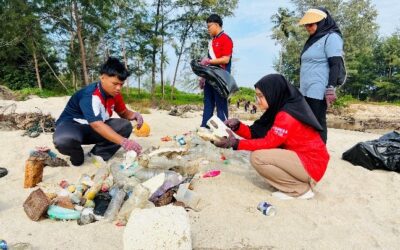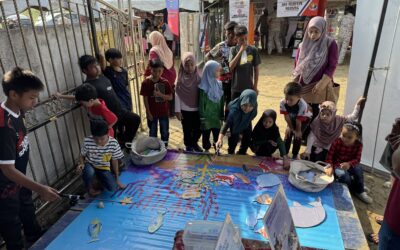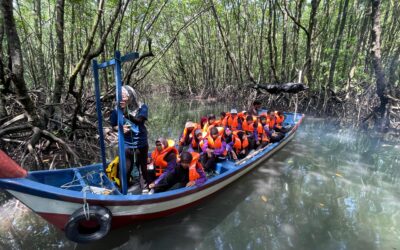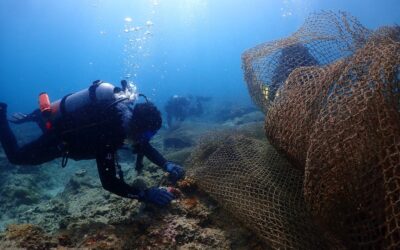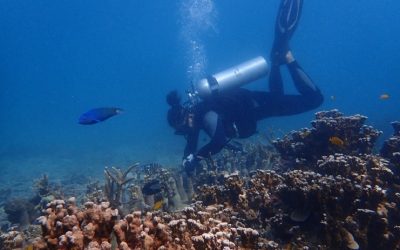Explore our stories on sustainability
Unveiling Nature's Ocean Treasures
Blogs
Projects Updates
Julian’s Thoughts
South of Johor: July – September 2025
South of Johor: July - September 2025Stakeholder Engagement MeetingsReef Check Malaysia (RCM) held three stakeholder meetings with local schools and the Majlis Perbandaran Pengerang (MPP) to plan future conservation activities. Teachers from SMK Pengerang Utama and SK...
Cintai Mersing: July – September 2025
Cintai Mersing: July - September 2025Awareness Programs with Local CommunitiesBetween July and September, two community awareness programmes were held to promote marine conservation in the Mersing Islands. Over 100 visitors visited Reef Check Malaysia’s exhibition...
Sabah Updates: July – September 2025
Sabah Updates: July - September 2025KOTA KINABALUOur team in Kota Kinabalu has been actively engaging local schools and college students through various education and awareness programmes. In July, we conducted a marine education session with three primary schools,...
Cintai Redang: July – September 2025
Cintai Redang: July - September 2025Education and Awareness with Local SchoolOur education and awareness programmes continue to grow in reach and impact. A total of 80 students and teachers from SK Pulau Redang joined a session on coral reef biology, learning about...
Cintai Tioman: July – September 2025
Cintai Tioman: July - September 2025Conservation Activities with VolunteersIn July, ETIKA HOLDINGS made their visit to Tioman Island for the thrid consecutive year. Over three days of volunteering, participants took part in various activities, including helping to...
Sabah Updates (April – June 2025)
Sabah Updates: April - June 2025Annual Reef Check SurveysHere is a quick recap of the surveys we conducted in the last quarter around Sabah: In April, our RCM colleagues and a volunteer conducted the surveys at 12 sites around Mantanani Island. 2 fish bomb explosions...
Cintai Redang (April – June 2025)
Cintai Redang Updates: April - June 2025Skills UpgradeOur RCM colleague on Redang, Muhaimin, had the opportunity to undergo the Green Fins assessor training in Tioman Island in April. Following the course, Muhaimin is now a certified Green Fins assessor who will be...
Cintai Mersing: April – June 2025
Cintai Mersing: April - June 2025Sustainable Tourism Programmes in MersingOur colleagues have been conducting assessments of resorts in Mersing based on the ASEAN Green Hotel Standards. Three resorts on Pulau Besar and Pulau Sibu were assessed in this past quarter,...
South of Johor: April – June 2025
South of Johor: April - June 2025Monitoring of Mangrove SaplingsOur colleagues have been monitoring the growth of the 70 mangrove saplings planted by school students in February near Kampung Pasir Gogok. This activity marked the next phase of the mangrove pilot...
Cintai Tioman: April – June 2025
Tioman Updates: April - June 2025Sustainable Tourism EffortsFor the past few years, our team has been assessing resorts and chalets on Tioman Island to encourage more environmentally friendly operations. These assessments follow the ASEAN Green Hotel Standard and...

Reef Check Malaysia’s 2025 Highlights and What’s Ahead in 2026
Reef Check Malaysia's 2025 As 2025 comes to a close, it’s traditional to look back on the year’s events – and look forward to the coming year. 2025 has been as busy a year as I can remember! Lots of great things happening, and I think we are laying a solid foundation...

The Mersing Islands Dilemma: To Close or Not to Close
To Close, or Not to Close…That Is The Question… Ok, paraphrasing Shakespeare is a cheap shot, but it just seemed appropriate. So, What’s The Problem? I’m referring, of course, to the recent closure of a number of islands off the East coast of Johor, near the town of...

Where Did the Year Go? At Least the Oceans Got Some Good News
Is It Just Me? Is it just me, or is the world going bonkers? Without looking at your computer screen…what is today’s date? ….. I can wait… ….. 30th September? You’re kidding, right? I mean – what happened to the year??? It was June just yesterday…now I’m talking about...
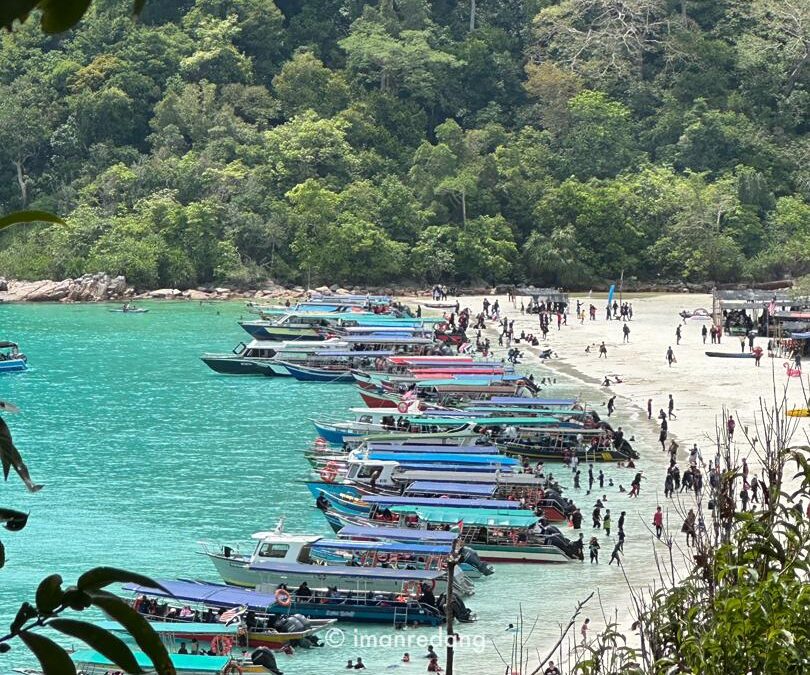
Islanders Squeezed Out by Mainland Boatmen
We were invited by Macaranga to share our views on overtourism on Redang Island, which was first published in Macaranga here: https://www.macaranga.org/islanders-squeezed-out-by-mainland-boatmen/#more-36839...

Making Community-based Management Work – Lessons from ASEAN
Reef Check Malaysia held a UN Ocean Conference Side Event I recently posted some thoughts about the UN Oceans Conference, which was held earlier this month in Nice, France. Not many people will know (until now!) that Reef Check Malaysia hosted a “side-event” webinar...

UNOC 2025: Why Do We Need an Ocean Conference?
The UN Ocean Conference 2025As “the world” gathers in Nice this week for the UN Ocean Conference 2025, it is perhaps a good time to pause and reflect on just why there is such a thing as an ocean conference.Last week I was privileged to be invited by the Sunway Centre...

Bridging the Gap: Mechanisms to Enable More Holistic Marine Resource Management
Effective Management of Marine ParksI think pretty much everyone reading this would agree that managing protected areas effectively is as important as establishing them in the first place. Otherwise, you end up with what are called “paper parks”.The concept of...

Community Marine Conservation Groups – Coming of Age
Community Marine Conservation Groups – Coming of AgeReef Check Malaysia (RCM) has long championed the cause of local communities having a role in managing protected areas, whether terrestrial or marine. The establishment of protected areas to manage and conserve...

(Part II) The Results of the 2024 Reef Check Surveys: Challenges and Opportunities
What Can We Do to Help Malaysia's Coral ReefsIn my last post I covered the results of the 2024 annual reef check survey programme, which had just been released. The headline: coral reef health declined slightly – again – compared to the previous year, and I outlined...

The Results of the 2024 Reef Check Surveys: Challenges and Opportunities
Reef Check Malaysia's Annual Survey Report 2024 CompletedWe have just finalised the report on our 2024 annual coral reef survey programme in Malaysia. I thought it might be useful to share parts of the conclusions and recommendations to an audience who perhaps are not...

